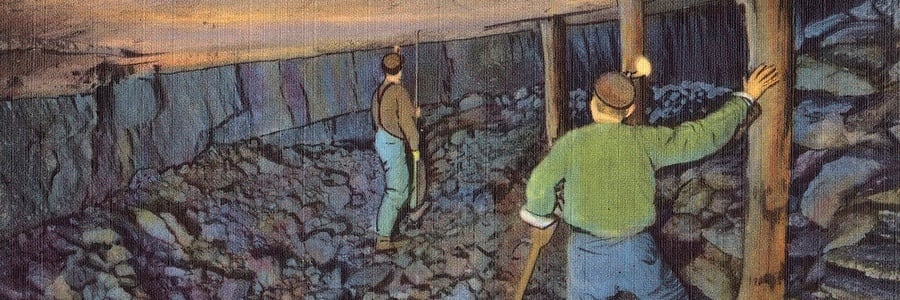Ethernet is a LAN technology based on the Institute of Electrical and Electronics Engineers (IEEE) 802.3 standard. As the number of users on the shared media increases, so does the probability that a user is trying to transmit data at any given time. Typically, each generation of Ethernet offers a tenfold bandwidth improvement. Even so, the Ethernet cabling schemes, CSMA/CD operation, and all upper-layer protocol operations are maintained with each generation. The net result is the same data link Media Access Control (MAC) layer (OSI Layer 2) merged with a new physical layer (OSI Layer 1).
This course is designed to help students to understand the architecture, operation and technical specifications of all Ethernet speeds including the basic concepts of OSI layer, CSMA/CD and full- duplex.
After completing this course, students will be familiar about the design, implementation and operation of Ethernet and its related technologies and standards.
WHO SHOULD COMPLETE THIS COURSE?
- Network Design Engineers
- Electrical Engineers
- Machine Builders
- Electronic Engineers
- System Integrators
- Plant Engineers
- Maintenance Technicians
- IT Professionals
- Professional Engineering Firms
COURSE OUTLINE
INTERNET
- Why internet is so important
- Is there anything to be worried about?
OSI – KEY CONCEPTS
- Encapsulation
- De-encapsulation
OSI LAYER – PHYSICAL LAYER
- Cable type
- UTP
- CSMA/CD
- Media Access methods
- CSMA/CD operation
- Token Passing
- Token passing operation
- A schematical representation
OSI - NETWORK LAYER
- Bus topology
- Star topology
- ARP Request and reply
- TCP and UDP datagram
CONCEPTS OF FULL-DUPLEX
- Data communication
- Components of data communication
- Data flow
- Parallel and serial data
- Synchronous and Asynchronous serial transmission
- Data multiplexing
AUTO-NEGOTIATION
- Transmissions
- Copper ANEG
- Fibre ANEG
- /C/ ordered sets
DIFFERENCE BETWEEN STANDARD AND FAST ETHERNET
LINKING DATA LINK LAYER AND NETWORK LAYER
- Address Resolution protocol (ARP)
- Encapsulation and addressing
DIFFERENT NETWORKS DIRECTLY CONNECTED TO A ROUTER
CLIENT SERVER MODEL
- Port number identify applications
- Explanation with diagram
TWO TRANSPORT LAYER PROTOCOL
- User datagram protocol
- Transmission control protocol
USES OF SWITCHES IN VLAN AND REDUNDANT RINGS
- Virtual LAN
- Uses of VLAN
- Redundancy rings
INDUSTRIAL ETHERNET
- Deterministic operation
- Cable and connectors
- Difference between hubs and switches
ETHERNET IN MINING
- Industrial network
- Monitoring network
- Ethernet based coal mining system
- Serial to Ethernet for mining automation
- Ethernet for tunnel monitoring
POWER OVER ETHERNET (POE)
- Advantages
- Devices
- How it works?
- Power classes
- Intrinsic safety
- Ethernet determinism
- Hardened devices

